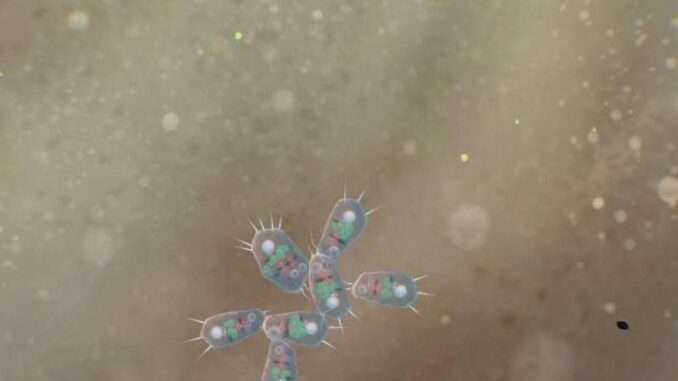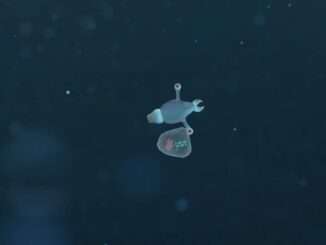
This guide will correct some false (although understandable) assumptions about how to thrive in Thrive’s cell stage in the first release version and will list several viable strategies for long-term survival.
Long-Term Cell Stage Survival Guide
Introduction
If you’re unsure whether you’d like to purchase the game to support the developers, try out the free version.
Unfortunately, the game seems to tell the player that their main objective is to find glucose. This is a misconception, as glucose in the environment is constantly becoming rarer, unlike any other resource. Thankfully, there are multiple organelles, which are the various pieces you’re able to attach to your cell in the editor, which are able to produce glucose from the various resources that are continuously available to us. These organelles will be further discussed in their respective play-styles below.
I’ve organized the different methods I’ve found of acquiring ATP in the mid-to-late game cell stage into four “play-styles” which you can choose from based on which one you’re more interested in and their difficulty. I will list them in the order of easiest to hardest to play as, starting with Metal Eating.
Metal Eaters
Very easy, this consists solely of spamming Rusticyanin on your cell and removing all or most organelles/parts that perform glycolysis. Very useful for early game since there is plenty of iron in the starting area and for first getting to an eukaryotic cell (a cell with a Nucleus).
Sulfur Breathers
Easy. Sulfur breathers still consume glucose, which allows them to make use of mitochondria, but they produce 100% of it from hydrogen sulfide in their Chemoplasts. Since hydrogen sulfide is extremely abundant in the starting area due to being a volcanic vent, this is probably what you will want to start out with. However, you may need to first be a metal eater and slowly switch over to sulfur breathing once you unlock a nucleus, as Chemosynthesizing proteins do not produce much ATP and are not as efficient at converting hydrogen sulfide to glucose as Chemoplasts.
Plants
Hard. Plants convert sunlight and carbon dioxide to glucose using Thylakoids and, eventually, Chloroplasts. However, there is no sunlight in the starting area and every area near it, requiring you to make a beeline for the surface as a tiny Cytoplasmite (my name for the starter cell) if you want to go this route. I’ve personally never done this yet and it may be very difficult to transition to a Nucleus even if you are able to survive at the surface.
Predators
Very hard. Predators get their resources from consuming other cells – as such, only cells with single and double membranes can be predators. Getting to a point to where you are both large enough to consume others and can survive long enough between meals to make predation viable is difficult and I recommend being a hybrid sulfur-breathing predator to give you time to hunt. Eventually, you can start investing in Vacuoles and Flagellum to allow you to store more food from your kills and increase your ability to hunt. My current cell pictured below has a double membrane, four Flagellum, four Chemoplasts and five Mitochondria and it has been working very well for me so far.




Be the first to comment